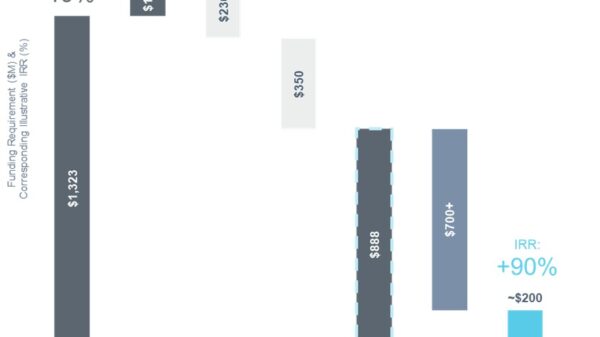International researchers have unveiled a significant collection of fossils from the Permian Period, shedding light on the diverse life forms that existed before the catastrophic mass extinction event known as the Great Dying. Over a span of 17 years, fossils were gathered from various sites in Africa, particularly in Tanzania and Zambia, revealing new species and enriching our understanding of this pivotal era in Earth’s history.
Christian Sidor, a professor of biology at the University of Washington and curator of vertebrate paleontology at the UW Burke Museum of Natural History & Culture, emphasized the importance of this research. “This mass extinction was nothing short of a cataclysm for life on Earth and changed the course of evolution,” he stated. “But we lack a comprehensive view of which species survived, which didn’t, and why.” The findings, documented in a series of 14 papers published in the Journal of Vertebrate Paleontology, aim to provide a global perspective on life during this transformative period.
Understanding the Permian Period
The Permian Period, which spanned from 299 million years ago to 252 million years ago, marked a crucial transition in Earth’s biological history. It concluded with the Great Dying, an event that led to the extinction of approximately 70 percent of terrestrial species and 81 percent of marine life. This extinction event paved the way for the Mesozoic Era, leading to the emergence of dinosaurs, flowering plants, and mammals.
Traditionally, much of the understanding of this transition has been derived from the Karoo Basin in South Africa. However, the new research highlights the significance of paleontological sites in Tanzania and Zambia, suggesting they may offer deeper insights into the changes that occurred during this time.
New Discoveries in Southern Africa
The research team, including Kenneth Angielczyk, curator of paleomammalogy at the Field Museum, focused their investigations on three basins in Southern Africa: the Luangwa Basin in eastern Zambia, the Mid-Zambezi Basin in southern Zambia, and the Ruhuhu Basin in southern Tanzania. “These parts of Zambia and Tanzania contain absolutely beautiful fossils from the Permian,” Sidor noted, adding that they provide an unprecedented view of life leading up to the mass extinction.
Among the significant discoveries were new species of dicynodonts, which were small, burrowing herbivores that evolved to possess tusks and beak-like snouts. These creatures first appeared during the mid-Permian and were among the primary plant-eating species by the time of the Great Dying. The team also identified a new species of gorgonopsians, a saber-toothed predator, and a novel temnospondyl species resembling a large salamander.
Sidor expressed enthusiasm about the implications of these findings, stating, “We can now compare two different geographic regions of Pangea and see what was going on both before and after the end-Permian mass extinction. We can really start to ask questions about who survived and who didn’t.”
After completing their analyses, the fossils collected will be returned to Tanzania and Zambia, ensuring that this critical research remains accessible to local scientists. The studies not only enhance our understanding of the Permian Period but also contribute to a broader narrative regarding the resilience and adaptability of life on Earth in the face of catastrophic changes.
This ongoing research is vital as it continues to unveil the complexities of evolutionary history, further shaping our comprehension of the ecological and biological landscapes that preceded one of the most significant extinction events in Earth’s history.































































